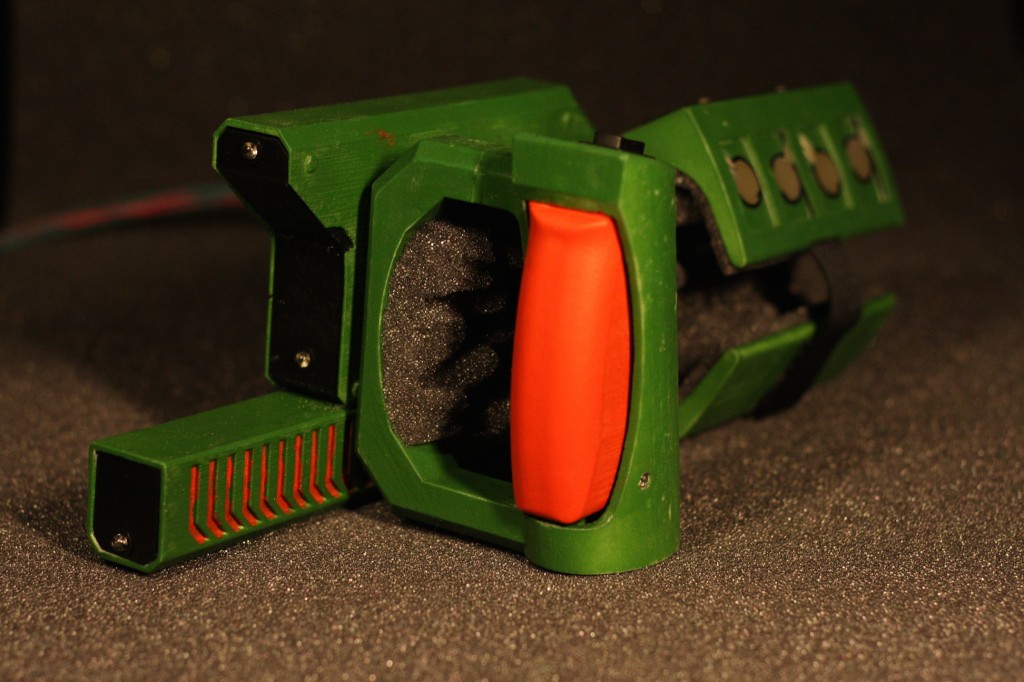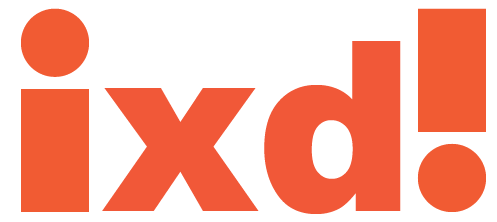As a compulsory course in the IT Product Development Master’s degree program at Aarhus University, “3D Prototyping” focuses on the integration of digital elements along with physical form. The physical scale of the human body and/or handheld scale is chosen as other courses expand the design problem to larger room context. The final projects have focused on designing and building videogame controllers that enhance the gaming experience in some way. Examples of the student projects are provided below:
Game controller for the game, “Joe Danger 2: The Movie” (Designed in 2014 by: Christian Lorentzen, Jonas Christensen, Lasse Legaard, Bo Penstoft)
Portal game controller using 2-handed controller with foot controller (Designed in 2013 by: Angeliki Kathopouli, Kristian Benée, Stephan Sloth, Kennet Jeppesen)
MechWarrior controller with arm mounted components and backpack (Designed in 2013 by: Asbjørn Steensgaard, Rune B. Haugaard & Kristoffer L. Winge, Nikolaj Riis Josephsen)

Surgeon Simulator handheld controller with surgeon’s mask (Designed in 2013 by: Morten Kjeldsen Kusk, Kasper Knop Rasmussen, Christian Østergaard)
3D-prototyping is concrete and practical as well as abstract and experientially driven, it is craftsmanship combined with technical knowledge and academic thinking. The course takes the students from sketching initial design ideas in 2D on paper, to the final presentation model of a 3D model produced in a CAD program, carved out/built up by a 3D printer. The final prototype will involve physical form combined with the functional integration of electronic components.
The students acquire knowledge and skills in form transformations, design representations, the principles and skills of 3D CAD modelling as well as basic knowledge of 3D printing. Students are exposed to tools and theories for producing and assessing 3 dimensional forms and a basic understanding of mass production methods. This can be thought of as a mini-course in industrial design with special focus on rapid prototyping methods.
An important outcome of the course will be a series of visual materials and reflections that can be added directly into the students’ design portfolios (personal online portfolio, etc.). Students are exposed to a number of tools of digital fabrication including 5-axis CNC milling, 5-axis waterjet cutting, laser cutter, industrial robot, vacuum molding, additive technologies (FDM, SLS, SLA, plaster, etc.). Students will be able to articulate the benefits of using each technology and will be familiar with the current challenges in using these tools in design practices.
